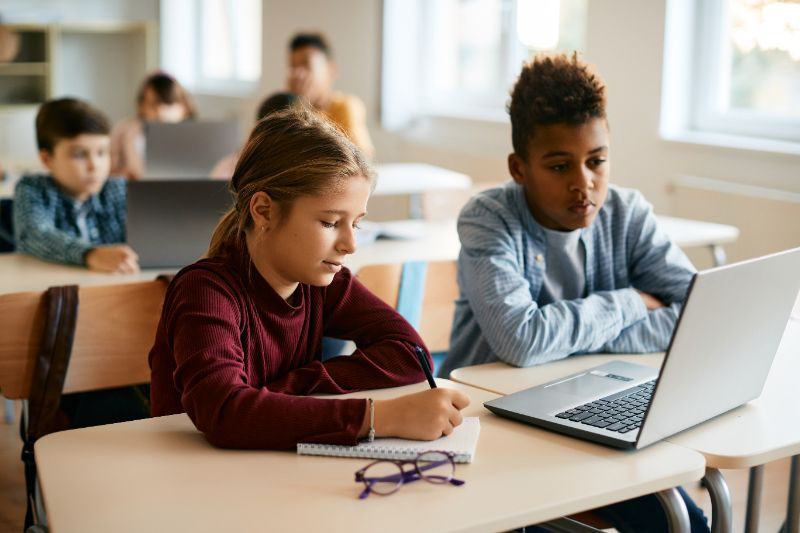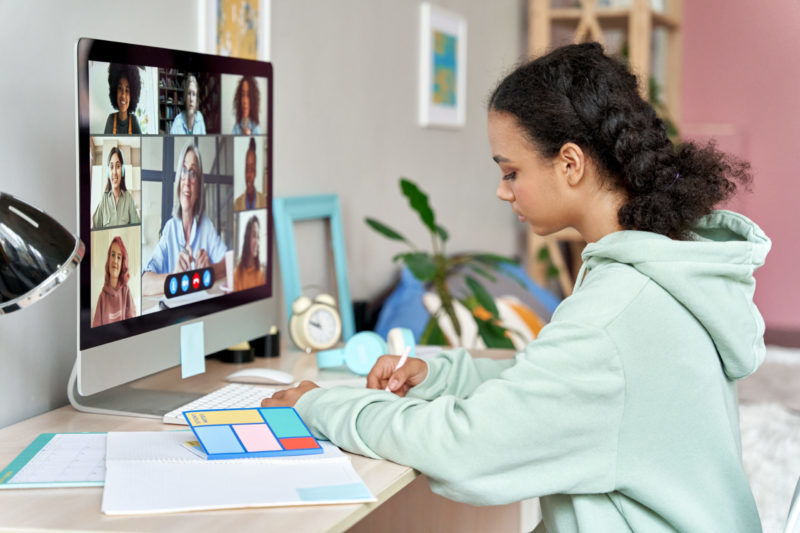The increased accessibility of technology in education has been both a gift and a curse for teaching and learning. On the one hand, there are a myriad of new opportunities for teachers to tailor learning to the needs of a large group of students, using dynamic rich content that is different for each student. On the other hand, educational material has to compete with an infinite supply of other engaging content. Technology can also create an arms race when it comes to detecting cheating and plagiarism. For example, we have seen that OpenAI’s attempt at a classifier to detect content generated by OpenAI has been shut down due to its low rate of accuracy. It’s easy to see how this well-meaning tool could cause a rift between educators and students, as kids have had their work failed or been kicked out of courses based on false positives from the classifiers. On the other hand, the existence of a generative AI that can’t even be detected by its own creators makes it harder than ever for teachers to believe that students are submitting their own work!
New Tools Present New Opportunities & Challenges
In general though, history has shown that the way to educate is to embrace technology rather than try to fight it. In the case of AI, we know that despite the impressive results, it can’t be trusted with many human tasks. Therefore, it is worth educating the future generation on what this tool can do and what it can’t do, rather than pretend it doesn’t exist. This is comparable to the way many advanced maths subjects allow calculators and graphing calculators. The implicit lesson in these kinds of tasks is that we let computers focus on the kind of tasks computers are good at so that we can free our minds up to solve the problems that only humans can solve at the moment.
Online classes, even at school

Sometimes only a handful of students or even one student at a school might qualify for a challenging course, and in the old days, that might be the end of the conversation. However, in the new world, it’s possible to assign even one gifted child in your class into an online program such as the Victorian High-Ability Program which allows gifted children throughout Victoria to participate in appropriate extension programs while still making reasonable use of teaching resources.
Gamified Learning

Game mechanics are a tool that can be used to encourage good, bad or neutral behaviours. There is nothing inherently wrong with video games as they can be used to motivate learning as readily as they can be used to motivate simulated violence. Games can be used to teach maths, computer programming, history, literacy, or really any other subject in an engaging way that has the potential to win over students who might not relate to the subject matter in any other way.
On the other hand, some gamified learning experiences can focus too much on comparison and ranking students which can lead to a toxic learning environment that fails to focus on collaboration and the student beating their personal best rather than anybody else’s. It’s important that the seemingly modern approach of gamified learning doesn’t start to resemble old fashioned ranking of students with its leaderboards and competitive maths problems, such as those found on the Mathletics platform.
Remote Learning

It might seem so obvious as not to warrant discussion, but remote learning during the COVID-19 lockdowns is actually a marvel of modern technology. Although the idea of correspondence learning had been around for a very long time, it would be hard for young children to engage with such learning, and a completely different experience than being able to see familiar classmates and teachers to foster the important sense of community and continuity.
This was only even possible with high speed internet and student laptops widely available, which would have been unthinkable ten years ago. Imagine what will be possible in another ten years that seems far-fetched now. If the remote learning becomes compelling enough, it’s possible fully remote schools such as Haileybury Pangea could become more common and a popular way for students to access high quality education.





